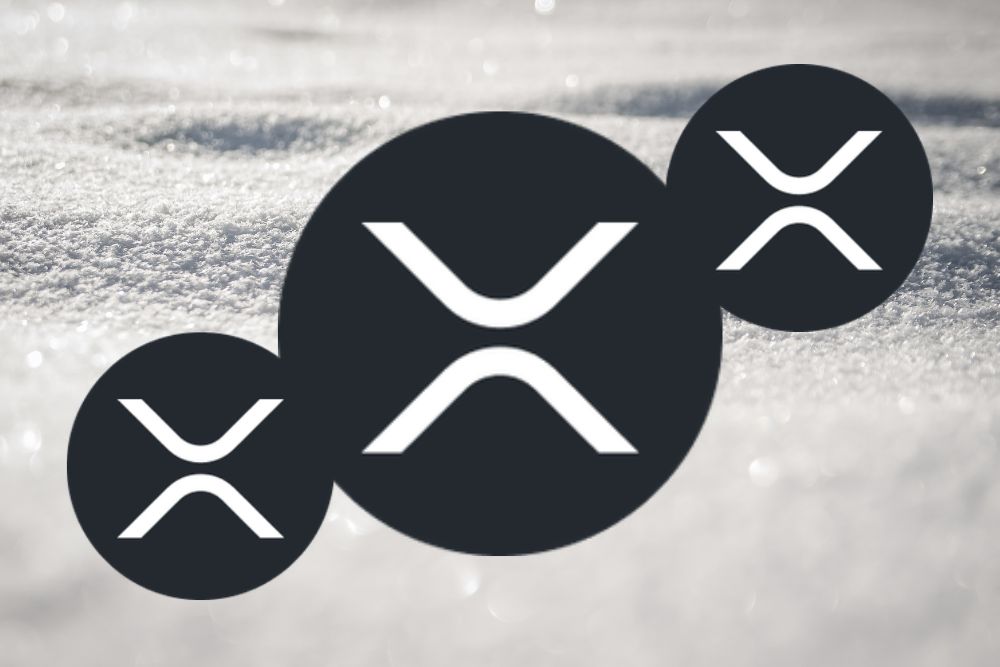Dilok Klaisataporn I last covered Palo Alto Networks (NASDAQ:PANW) in March 2024; I put out a Hold rating at the time, and since then, the stock has gained approximately 9% in price. In my opinion, while the company is well-positioned to continue to capitalize on trends in digitalization, the stock is still likely overvalued at this time. This can be primarily outlined through its price-to-sales ratio being significantly higher than its 10-year median. Nonetheless, management has done an excellent job of driving profitability over the past two years. While I expect a short-term correction due to the current overvaluation, long-term investors are likely to still generate good returns from this investment over 10+ years. However, I am avoiding it at the moment because I believe there will be better future valuations for entry. Future Growth Catalysts Palo Alto Networks is well-positioned for future growth through the expansion of its Next-Generation Security Services. These include its Prisma (cloud-based security) and Cortex (AI-powered threat detection). Management has also heavily invested in AI and machine learning capabilities to enhance its offerings, and its partnerships with AI-exposed firms, including IBM and Accenture, are likely to expand its market reach. In addition, the company is working to consolidate its offerings into a comprehensive platform, which will reduce the number of security tools customers need to manage from an average of over 40 to fewer than 10. In my opinion, this is a crucial strategy for the company to remain competitive at a time when automation and efficiency are likely to continue to be highly sought after as AI becomes more commonplace. Competitors such as Zscaler’s (ZS) SASE platform offer a similar unified platform, integrating functions like decryption, traffic inspection, URL filtering, and cloud sandboxes. There is also Cisco’s (CSCO) XDR platform, which integrates the Cisco Secure portfolio with third-party products to automate tasks and workflows, providing unification and simplicity. Fortinet’s (FTNT) Security Fabric integrates networking and security across endpoints, networks and clouds. Therefore, as the market is moving heavily toward client simplicity and ease of use, Palo Alto Networks has little choice but to adopt a similar strategy of portfolio unification. Another one of Palo Alto Network’s strong selling points is its Precision AI™. This proprietary AI system uses rich data and security-specific models to automate detection, prevention, and remediation. The core value that this adds is that it allows security teams to trust AI outcomes with more confidence, which is a unique capability in the cybersecurity field. In addition, Palo Alto Networks’ threat intelligence team, Unit 42, is recognized as a leading threat intelligence response team, and it is preferred by over 70 cyber insurance carriers. In my opinion, this is one of the crucial pieces of evidence that Palo Alto Networks adopts a proactive approach, which sets them apart from several more passive cybersecurity companies that rely on coding and AI. Financial & Value Analysis In the table below, we can see that Zscaler offers higher historical growth rates and a better valuation based on its price-to-sales ratio compared to Palo Alto Networks. Wall Street analysts also hold the consensus that YoY growth will be 68% for the fiscal period ending July 2024. For Palo Alto Networks, analysts are expecting on consensus that YoY growth will be 25.56% for the fiscal period ending July 2024. This outlines a significant discrepancy between the two investment opportunities that I believe potential and current investors of PANW would be wise to recognize. ______________________________________ PANW CSCO FTNT ZS Historical FWD Revenue Growth 5Y Avg 22.06% 2.6% 20.82% 41.42% Historical FWD EPS Diluted Growth 5Y Avg 21.97% 5.84% 24.54% 52.13% Historical FWD FCF Growth 5Y Avg 24.42% 4.82% 21.36% 95.75% Equity-to-Asset Ratio 0.25 0.37 -0.02 0.26 FWD Price-to-Sales Ratio 12.96 3.55 7.71 12.67 Click to enlarge Over the past 10 years, Palo Alto Networks has had a price-to-sales ratio of around 9 as a median. However, at this time, its forward price-to-sales ratio is around 13. In my opinion, this indicates the need for potential caution. The P/S ratio is a much better gauge for the relative valuation of the company at this time because it just turned a profit in 2024. As the company’s growth rates have also been contracting, with the current FWD revenue growth at 18.35%, a -16.82% difference from the five-year average, I think investors should invest with caution when considering that the price-to-sales ratio has expanded 53.76% from its five-year average. Some expansion is arguably warranted because the company has now proven profitability, which is likely to drive increased enthusiasm from investors. However, in my opinion, a fair price-to-sales ratio could be estimated to be around 11, which would be a more moderate expansion as a result of this recent profitability. As the company’s YoY EPS and revenue growth rates are forecasted by Wall Street analysts to maintain quite well over the next 10 years, I believe it is reasonable to presume that the price-to-sales ratio contracts from the current 13 to around 10 over the timeframe. Considering that the company currently has revenue per share of $24.75, if it grows this at 15% annually over the next decade, a reasonable price target for the stock is approximately $1,000 in 2034. Author’s Graph Revenue per share = grey. Stock price target = white. P/S is estimated as contracting at equal distribution over the period from 13 to 10. The implied 10-year price CAGR is approximately 12%. Risk Analysis There are growing cybersecurity threats and exploits that mean the company is not immune to vulnerabilities. For example, zero-day vulnerabilities, which are unknown to the vendor until they are exploited, can pose a significant threat. Recently, a critical flaw was found in PAN-OS, which is the operating system of PANW’s firewalls. Attackers took full control of affected devices, and this is a crucial example of how Palo Alto Networks’ reputation could be severely damaged through advanced cyberattacks that it is ill-prepared for. The rise of AI, 5G, cloud and quantum computing is also evolving the nature of cyber threats. There will likely be new types of exploits that arise that utilize advanced forms of machine learning and quantum computing that could further infiltrate PANW’s systems in the future. Quantum computing poses a significant threat to present encryption standards. Quantum computers will likely be able to break widely used encryption algorithms like RSA and ECC; therefore, Palo Alto Networks and other leading cybersecurity firms will be collaborating to provide the best quantum-resistant cryptographic algorithms to maintain the privacy of sensitive data. This is being guided by organizations like NIST, who are leading standardization efforts. Sources suggest that the threat from quantum computing to current encryption standards could materialize within 5-15 years. To combat the growing concern around quantum attacks, Palo Alto Networks has integrated quantum-resistant capabilities into its VPN offerings. They’ve introduced Post-Quantum VPN support in PAN-OS 11.1 Cosmos release, protecting against “Harvest Now, Decrypt Later” attacks. Notably, Palo Alto Networks was invited to participate in a White House-organized roundtable on Post-Quantum Cryptography. The company has also been selected to join NIST’s Cybersecurity Center of Excellence Migration to Post-Quantum Cryptography project. Palo Alto Networks is crucially and heavily investing and participating in the necessary initiatives to remain secure during this time of technological change. In my opinion, it is most important that management continue to invest heavily in this area, as any short-term losses in net income from heavier R&D are likely to pay off over the long term in reputational gains. Conclusion In my opinion, Palo Alto Networks is overvalued and is likely to see short-term price volatility. However, over the long term, I think that the results are likely to be incredibly strong for the company. That being said, there is much better value currently in Zscaler shares, which also have higher growth rates historically over the past 5 years and estimated by Wall Street over the next year and beyond. Therefore, investors would be wise to consider the better opportunity that Zscaler offers at this time in both growth and value. Those who are already invested in PANW stock may want to consider holding, as any long-term volatility is likely not to last. The company’s unified platform approach and heavy integration of AI and quantum computing initiatives and collaborations bodes very well from an operational perspective, despite rising risks in novel and advanced cyber threat capabilities.
sekar nallalu Cryptocurrency,Oliver Rodzianko,PANW Palo Alto Networks: Anticipate Near-Term Volatility (NASDAQ:PANW)
Related Posts
Emerging trends: china’s consumption shift boosts travel industry and opens new investment opportunities
Amid economic changes and emerging trends, China’s consumer habits are showing an interesting shift – they are increasingly spending on[...]
Ethereum Price Analysis: Here’s the Most Probable Level for a Recovery After ETH Crashes 5% Daily
As Ethereum’s price continues to trend lower, investors are wondering whether the bull market is over. Yet, there is still[...]
Analyst Sees XRP Price Rising 6x this Bull Cycle
The cryptocurrency market has experienced significant volatility in recent months, with prices of various cryptocurrencies dropping considerably. XRP was not[...]

